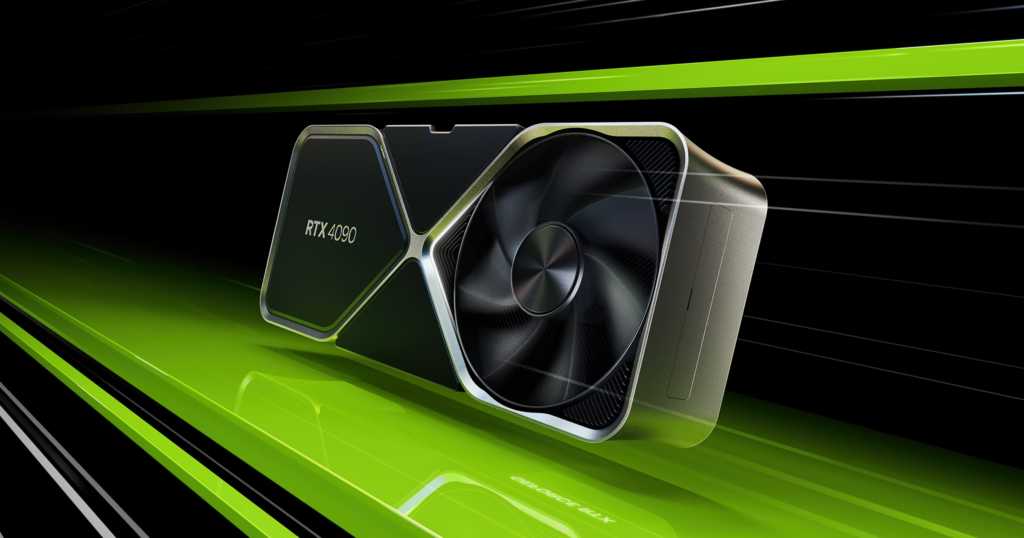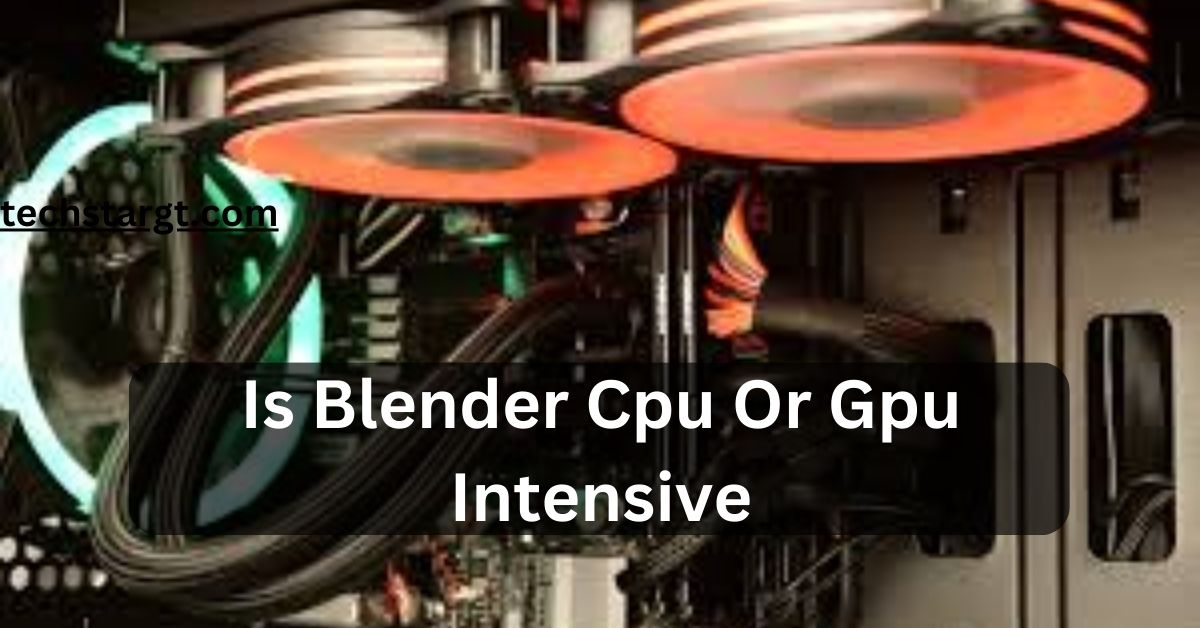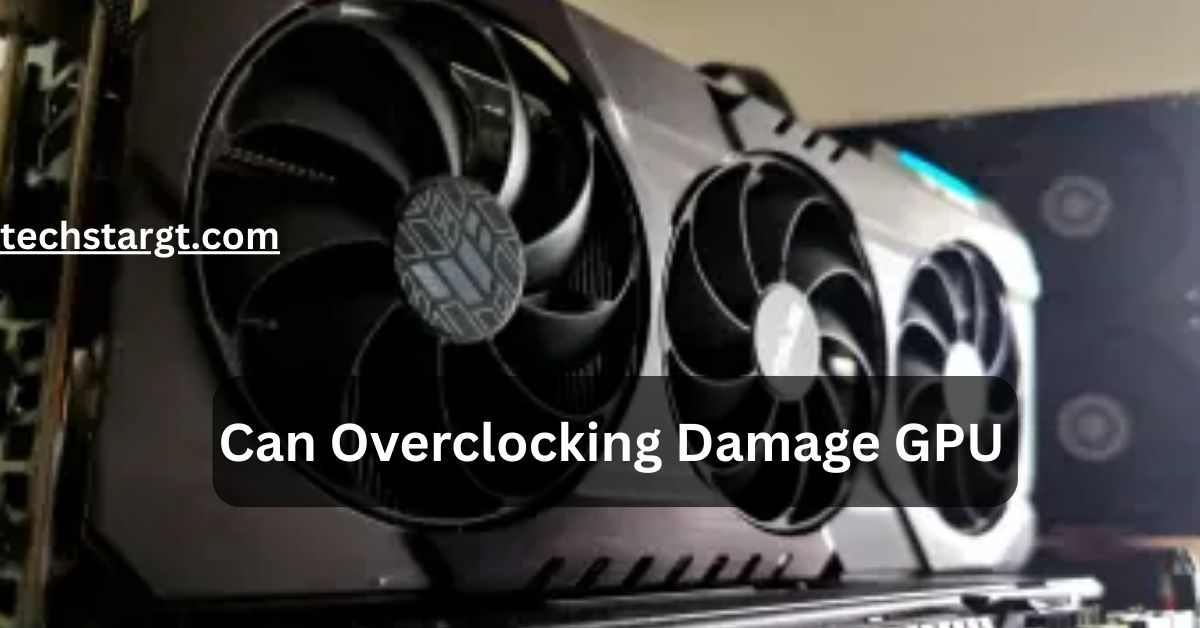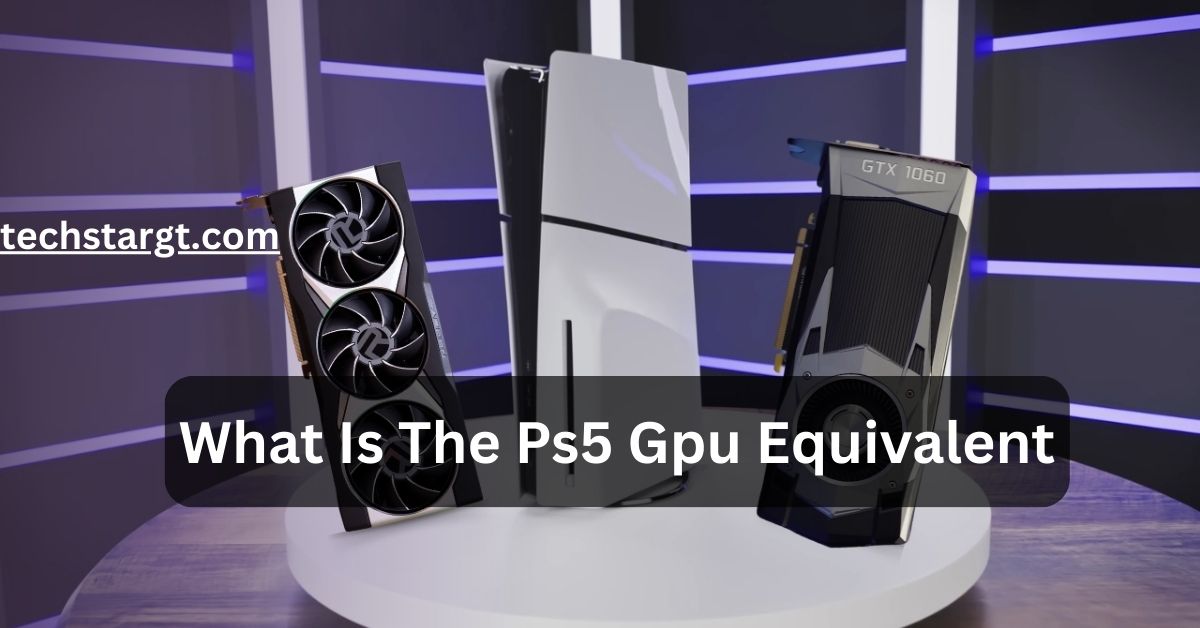Is Blender Cpu Or Gpu Intensive – Complete – Guide – 2025!
Blender is one of the most powerful open-source 3D creation tools used for modeling, animation, rendering, and more. But when it comes to performance, a common question arises: Is Blender CPU or GPU intensive? The answer depends on the task you are performing. Some processes rely heavily on the CPU, while others benefit from a powerful GPU.
Blender is both CPU and GPU intensive. The CPU handles modeling, animation, and physics, while the GPU accelerates rendering, especially with CUDA or OpenCL. A balanced system with a strong CPU and GPU ensures the best performance for all tasks
This article explores the different aspects of Blender’s performance and helps you determine whether a CPU or GPU upgrade will improve your workflow.
The Difference between CPU and GPU rendering in Blender

CPU rendering is more accurate and better for complex calculations but slower. GPU rendering is much faster, making it ideal for real-time previews and large projects. The best choice depends on speed, precision, and system resources.
Using CPUs for rendering in Blender
CPUs handle complex calculations efficiently and provide better stability for heavy scenes. However, they are significantly slower than GPUs for rendering tasks, making them less ideal for quick previews and large-scale projects.
Using GPUs for rendering in Blender
GPUs offer much faster rendering speeds, especially with CUDA, OptiX, or OpenCL support. They are ideal for accelerating large projects but may require more VRAM, and performance depends on the GPU model and driver support.
Should we use CPU or GPU for rendering in Blender?
GPU rendering is faster and more efficient for most tasks, while CPUs are better for high-precision calculations and handling large memory-intensive scenes. A hybrid approach using both can optimize performance.
What storage configuration works best for Blender?

An SSD, preferably NVMe, ensures faster loading, saving, and caching for smoother workflows. HDDs can be used for storage, but they slow down performance, especially in large projects with heavy assets.
Memory (RAM)
How much RAM does Blender need?
Blender runs well with 16GB RAM for basic tasks, but 32GB or more is recommended for complex projects, simulations, and high-resolution textures.
Storage (Drives)
Should I use network-attached storage for Blender?
NAS is useful for team collaboration and backups but slower than local SSDs. For best performance, use an NVMe SSD for active projects and NAS for storage.
Looking for a Blender workstation?
A high-performance workstation should have a powerful multi-core CPU, a high-end GPU (NVIDIA RTX recommended), at least 32GB RAM, and fast NVMe SSD storage.
Don’t know where to start? We can help!
Choose a system based on your workflow—fast GPUs for rendering, strong CPUs for simulations, and sufficient RAM and SSD storage for smooth performance.
Blender’s Structure: How It Leverages CPU and GPU
Blender uses the CPU for modeling, simulations, and physics, while the GPU accelerates rendering, viewport performance, and real-time previews.
Significance of the CPU in Blender 3D Modeling
The CPU is crucial for modeling, physics, and simulations, as these tasks rely on multi-core performance rather than GPU acceleration.
How to switch from CPU to GPU in Blender?

Go to Edit > Preferences > System, select your GPU under Cycles Render Devices, then switch to GPU Compute in the render settings.
FAQ’s:
1.Is Blender more CPU or GPU intensive?
Blender uses both, but modeling, simulations, and physics rely on the CPU, while rendering and viewport performance benefit from a powerful GPU.
2.What tasks in Blender rely heavily on the CPU?
Modeling, physics simulations, sculpting, and modifiers depend on CPU performance, especially multi-core processing for complex calculations.
3.What benefits do GPUs offer in Blender?
GPUs speed up rendering, enhance real-time viewport performance, and handle high-resolution textures efficiently with CUDA, OptiX, or OpenCL.
4.How can I optimize Blender for better performance?
Use a high-end GPU for rendering, optimize scene complexity, enable GPU compute, upgrade RAM, and use an NVMe SSD for faster data access.
5.What are common signs of an overheating CPU or GPU in Blender?
Symptoms include high fan noise, performance drops, system crashes, thermal throttling, or unexpected shutdowns during rendering or heavy workloads.
6.Can Blender utilize multiple GPUs for increased performance?
Yes, Blender supports multiple GPUs in Cycles for faster rendering, but Eevee only utilizes a single GPU for real-time rendering tasks.
7.What are the advantages of using a powerful GPU in Blender?
Faster rendering, smoother real-time previews, improved viewport navigation, and better handling of large textures and complex lighting effects.
8.How can I optimize CPU performance in Blender?
Enable multi-threading, close background applications, adjust tile size in Cycles, and overclock the CPU if supported for better processing speed.
9.Can I use Blender without a dedicated GPU?
Yes, but it will be slow. The CPU will handle rendering and viewport performance, making tasks sluggish compared to a system with a dedicated GPU.
Conclusion:
Blender relies on both the CPU and GPU for different tasks. Modeling, simulations, and physics need a strong CPU, while rendering benefits from a powerful GPU. A balanced system with sufficient RAM and fast SSD storage ensures the best performance. Choosing the right hardware depends on your workflow and project needs



Post Comment